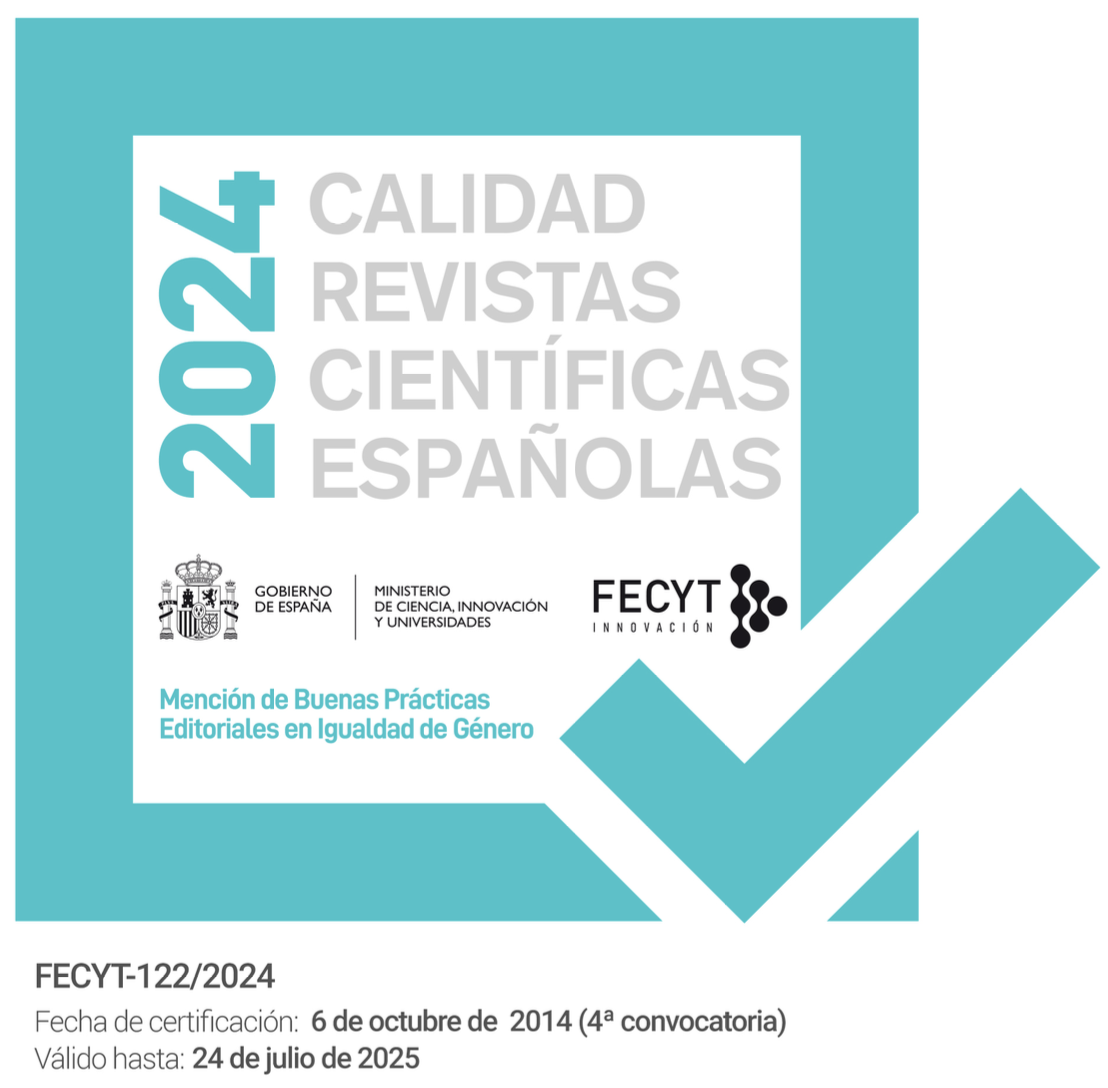“Siblings to the empty spaces in the heart”: Space, Place and Landscape in Jim Crace’s Quarantine
DOI:
https://doi.org/10.28914/Atlantis-2022-44.1.02Abstract
Jim Crace’s writing is notable for its poetic, rhythmical style and idiosyncratic rendering of place and space. In terms of the latter. Crace labels himself a “landscape writer” as all his novels feature distinct environments that are both familiar and other, realistic and uncanny, which has led the critics to coin for them the term “Craceland.” Qurantine (1997) retells the story of Jesus Christ’s forty-day sojourn in the wilderness from the perspective of a contemporary agnostic or atheist. The crucial part of its story is set in a hilly scrubland in the Judean desert, and this heterogeneous and peripheral place and its landscape prove to be determining for the action and character development. Using geocriticism and Michel Foucault’s concept of heterotopia as its theoretical points of departure, this paper attempts to analyse the novel’s spatial representations and demonstrates the various roles space, place and landscape assume within the narrative’s formal and meaningful frameworks.
Downloads
Metrics
References
Allen, Nicola. 2018. “The Bald and the Beautiful: The Figure of the Shaven-Headed Female in the Fiction of Jim Crace.” In Shaw and Aughterson 2018, 113-30.
Altman, Irwin and Setha M. Low. 1992. Place Attachment. New York: Springer.
Begley, Adam. 2002. “A pilgrim in Craceland.” Southwest Review 87 (2 & 3). [Accessed online on 29 November 2020].
—. 2003. “Jim Crace, the art of fiction no. 179.” The Paris Review 167. [Accessed online on 29 November 2020].
Carter, Erica, James Donald and Judith Squires. 1993. “Introduction.” In Carter, Donald and Squires 1993, vii-xv.
—, eds. 1993. Space and Place: Theories of Identity and Location . London: Lawrence and Wishart.
Crace, Jim. (1997) 1998. Quarantine. London: Penguin Books.
—. 2000. “Jim Crace.” Interview by Minna Proctor. BOMB Magazine . [Accessed online on December 14, 2020].
—. 2011. “An interview with Jim Crace.” Interview by Vishal Tayade. Indian Ruminations . [Accessed online on December 14, 2020].
—. 2013a. “An interview with Jim Crace.” Interview by Lisa Guidarini. BookBrowse. March. [Accessed online on December 14, 2020].
—. 2013b. “At the Watford Gap it hit me that the English landscape was absolutely drenched in narrative.” Interview by Nicholas Wroe. The Guardian . 16 August. [Accessed online on December 14, 2020].
—. 2014. “Words are my picture and my music.” Interview by Vayu Naidu. The Hindu . 4 January. [Accessed online on December 14, 2020].
—. 2015. “I’m an untutored writer and that isn’t very sexy.” Interview by Aoife Barry. thejournal.ie . 21 June. [Accessed online on December 14, 2020].
—. “The Poet of Prose—Jim Crace in interview.” Interview by Andrew Lawless. Three Monkeys Online. [Accessed online on December 14, 2020].
De Lange, Attie et al. 2008. “Introduction.” In de Lange et al. 2008, xi-xxv.
—, eds. 2008. Literary Landscapes: From Modernism to Postcolonialism . Basingstoke: Palgrave Macmillan.
Deleuze, Gilles and Felix Guattari (1980) 2005. A Thousand Plateaus: Capitalism and Schizophrenia . Translated by B. Massumi. Minneapolis: U of Minnesota P.
Foucault, Michel. 1986. “Of Other Spaces.” Translated by J. Miskowiec. In: Diacritics 16: 22-27.
Groes, Sebastian. 2018. “Thinking Crace: Consciousness and Cognition in Jim Crace’s Quarantine and Being Dead ”. In Shaw and Aughterson 2018, 149-64.
Holderness , Graham. 2010. “Jim Crace, Quarantine , and the Dawkins Delusion.” Critical Survey 22 (3): 69-91. [Accessed online on 12 May 2021].
Jasper, David. 2004. The Sacred Desert: Religion, Literature, Art, and Culture . Oxford: Blackwell Publishing.
—. 2018. “Jim Crace: Inventor of Worlds.” In Shaw and Aughterson 2018, 165-80.
Kermode, Frank. 1998. “Into the wilderness.” Review of Quarantine, by Jim Crace. The New York Times. April 12. [Accessed online on 29 December 2020].
Lane, Richard. 2003. “The Fiction of Jim Crace: Narrative and Recovery.” In Lane, Mengham and Tew 2003, 27-39.
Lane , Richard, Rod Mengham and Philip Tew, eds. 2003. Contemporary British Fiction. Cambridge: Polity Press.
Lilley, Deborah. 2018. “Pastoral Concerns in the Fictions of Jim Crace.” In Shaw and Aughterson 2018, 33-48.
Mączyńska, Magdalena. 2009. “Toward a Postsecular Literary Criticism: Examining Ritual Gestures in Zadie Smith’s ‘Autograph Man.’” Religion and Literature 41 (3): 73-82. [Accessed online on 14 May 2021].
—. 2015. The Gospel According to the Novelist: Religious Scripture and Contemporary Fiction. London and New York: Bloomsbury Academic.
Palmer, Stephen. 2012. “‘Dead but not departed yet’: the exploration of liminal space in Jim Crace’s Being Dead (1999).” Mortality 17 (1): 51-63. [Accessed online on 15 May 2021].
Peraldo, Emmanuelle, ed. 2016. Literature and Geography: The Writing of Space throughout History. Newcastle upon Tyne: Cambridge Scholars Publishing.
Prieto, Eric. 2011. “Geocriticism, Geopoetics, Geophilosophy, and beyond.” In Tally 2011, 13-27.
—. 2012. Literature, Geography and the Postmodern Poetics of Place . Basingstoke: Palgrave Macmillan.
Shaw, Katy and Kate Aughterson. 2018. “‘Craceland’: An Introduction.” In Shaw and Aughterson 2018, 1-15.
—, eds. 2018. Jim Crace: Into the Wilderness. Basingstoke: Palgrave Macmillan.
Soja, Edward W. 1996. Thirdspace: Journeys to Los Angeles and Other Real-and-Imagined
Places. Oxford: Blackwell Publishing.
Tally, Robert T. Jr. 2011. “On Geocriticism.” In Tally 2011, 1-9.
—, ed. 2011. Geocritical Explorations: Space, Place, and Mapping in Literary and Cultural Studies. Basingstoke: Palgrave Macmillan.
—. 2014. “Introduction: mapping narratives.” In Tally 2014, 1-12.
—, ed. 2014. Literary Cartographies: Spatiality, Representation, and Narrative. Basingstoke: Palgrave Macmillan.
—. 2016. “Adventures in Literary Cartography: Explorations, Representations, Projections.” In Peraldo, 2016, 20-36.
Tew, Philip. 2006. Jim Crace. Manchester: Manchester U P.
Westphal, Bertrand. (2007) 2011. Geocriticism: Real and Fictional Spaces. Translated by Robert T. Tally Jr. Basingstoke: Palgrave Macmillan.








